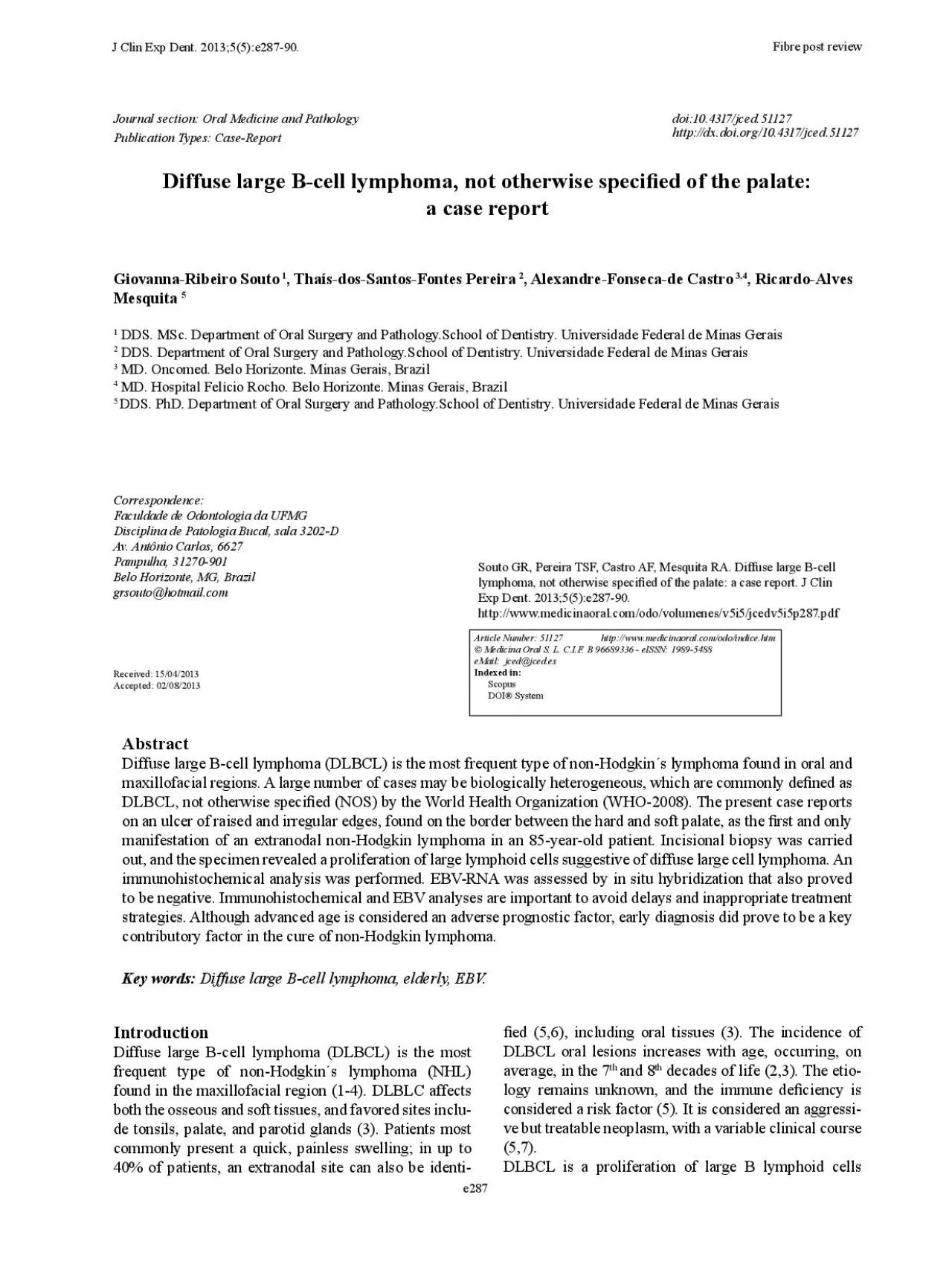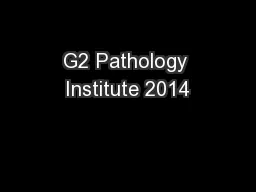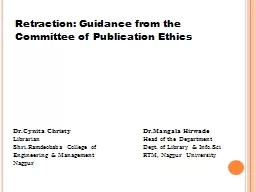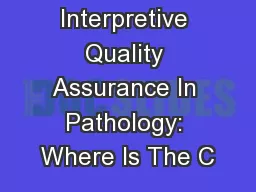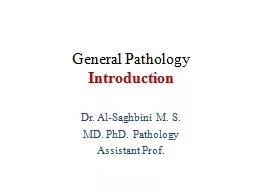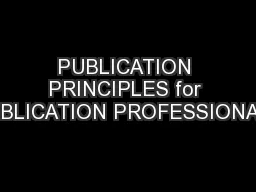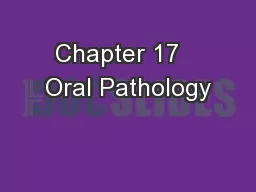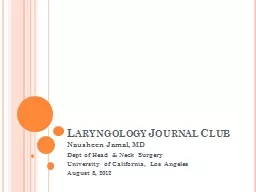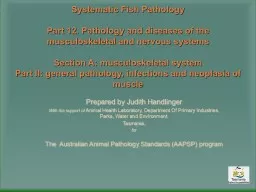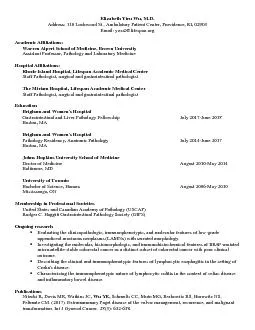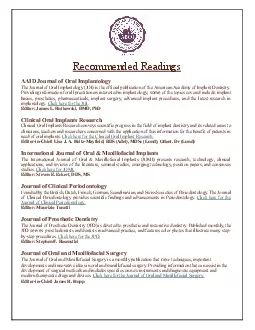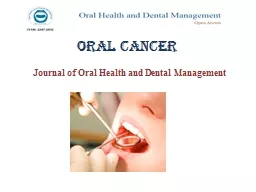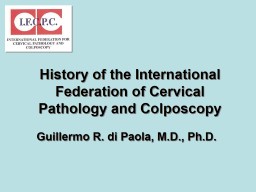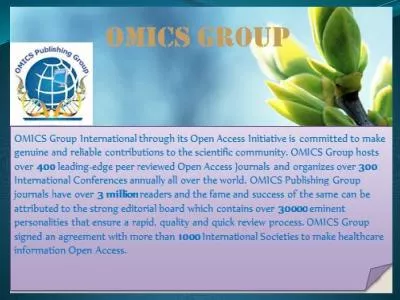PDF-Journal section Oral Medicine and Pathology Publication Types Case
Author : berey | Published Date : 2022-09-05
Souto GR Pereira TSF Castro AF Mesquita RA Diffuse large Bcell eMail jcedjcedes Scopus DOI System oi104317jced51127httpdxdoiorg104317jced51127IntroductionDiffuse
Presentation Embed Code
Download Presentation
Download Presentation The PPT/PDF document "Journal section Oral Medicine and Pathol..." is the property of its rightful owner. Permission is granted to download and print the materials on this website for personal, non-commercial use only, and to display it on your personal computer provided you do not modify the materials and that you retain all copyright notices contained in the materials. By downloading content from our website, you accept the terms of this agreement.
Journal section Oral Medicine and Pathology Publication Types Case: Transcript
Download Rules Of Document
"Journal section Oral Medicine and Pathology Publication Types Case"The content belongs to its owner. You may download and print it for personal use, without modification, and keep all copyright notices. By downloading, you agree to these terms.
Related Documents

